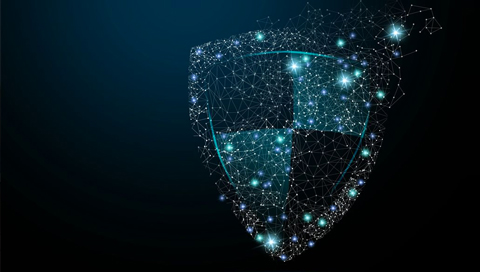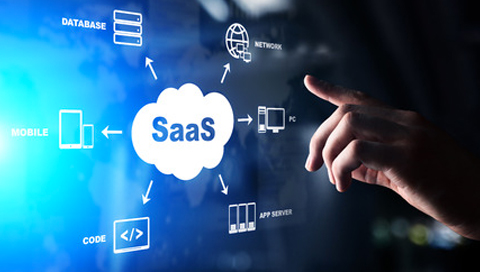Language
English
日本語
한국어
中文
 Powerful Security of the ZTNA
Powerful Security of the ZTNA
Network concealment powered by the Zero-Trust architecture reduces potential of attacks and security risks with granular and dynamic access authorization.
More >> Better Performance with Quicker Access
Better Performance with Quicker Access
Distributed security gateways provide access to nearby nodes and optimal transmission link to improve access speed; security gateway clusters handle concurrencies and removes performance bottleneck of traditional VPNs.
More >> Versatile and Easy to Use
Versatile and Easy to Use
Supporting WEB browser, Windows, MacOS, Android, iOS, Linux and a variety of devices. Integrated office application virtual portal and SSO (single sign-on) for easy access.
More >> Unified Management with Efficient O&M
Unified Management with Efficient O&M
Configuration takes effect in minutes, eliminating cumbersome operations. Centralized management and control platform supporting monitoring visualization, one-click distribution of global configuration, instant generation of usage reports, etc.
More >>

Through three layers of concealment, enterprise applications are only visible to legitimate users, preventing external malicious scanning and network attacks.


Continuously evaluate the access behavior of users, and dynamically control and adjust the access of users by detecting abnormal behavior including unauthorized access, risks and device configuration to ensure the security of applications.


Through the layer-by-layer authorization mechanism, only the minimum permissions needed by any personnel are granted, enabling granular access control.


Through protocol optimization, transmission optimization, link optimization, data optimization technology, integrate global high-quality links, improve network access speed and success.


Easy access for smartphone/PC/tablets. The client supports mainstream operating systems such as Android, iOS, Windows, macOS, Linux, and browser based access (no plug-ins needed) to provide users with secure connections anytime, anywhere.


Dedicated enterprise platform, unified internal and external network access, portals, remote management.


Multi-dimensional application accesses of dashboards, intuitive and visible presentation, detecting and abnormalities in real time.
Offsite employees are required to remotely access the enterprise’s intranet system through smart phones, tablets and other devices. Traditional VPNs are often unstable, and difficult to control user access, hence enterprise intranet can be easily penetrated, resulting in certain external attack risks:

Enterprises with multiple stores and outlets often have dozens of internal business systems and lack a unified approach to integrate various businesses, multiple systems face issues of authentication and compatibility, poor user experience and low efficiency:

In response to the challenge of attack and defense exercises, enterprises need to prevent exposed ports and IP addresses from being attacked by scanning techniques. At the same time, the security protection level 2.0 standard clearly requires that if an enterprise’s telecommuting system fails to pass the evaluation, relevant authorities must be notified and issues be rectified:

In order to facilitate remote access to related businesses by upstream and downstream partners, enterprises often expose the supplier portal system on the public network, and the business system may face unknown security threats from external sources, such as database hacking, and data disclosure:

Video conferencing is an important tool for communication within enterprises. Video conference transmission is highly sensitive to network latency and stability. High network latency and instability will lead to video conference disruptions, blurred images, audio and video out of sync and so on. It seriously affects the efficiency of internal communication, and greatly increases the labor cost of internal communication.

SaaS cloud office systems (such as salesforce and office365) are independent of proprietary enterprise management office systems. As most SaaS cloud office systems are based on overseas clouds, employees often encounter issues such as slow speed and long loading times, and employees usually have to switch manually when using proprietary office systems and SaaS office systems, resulting in poor user experience. In addition, cloud office systems are often solely reliant on account login management for security.
